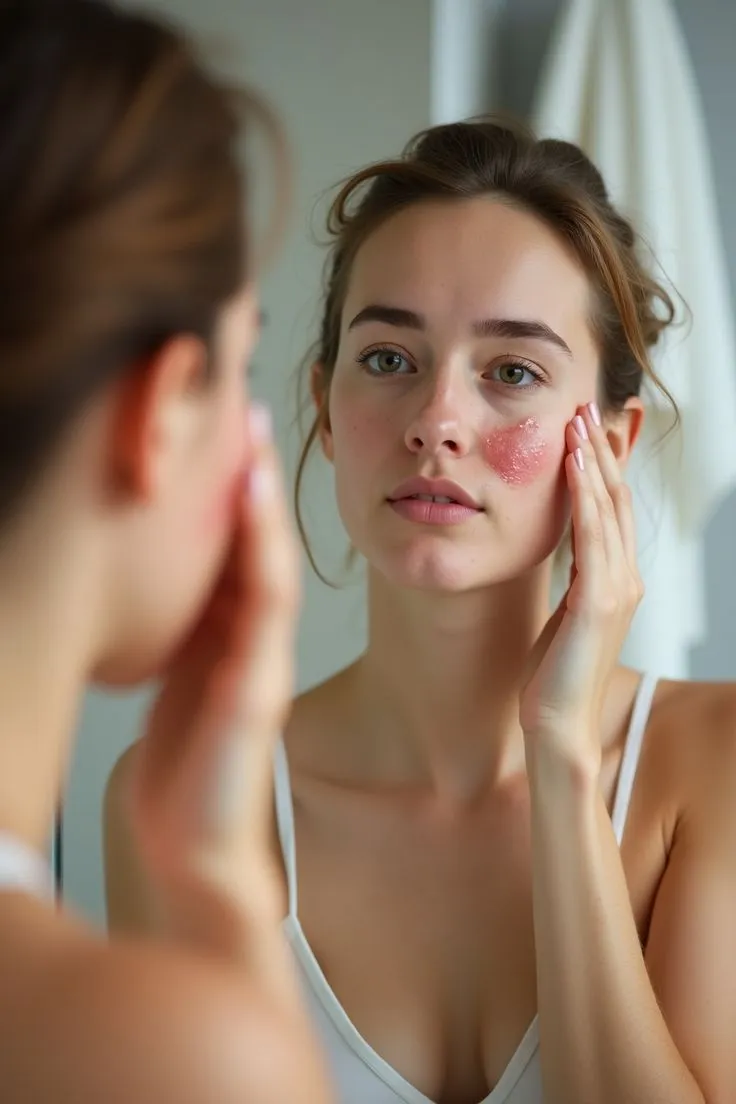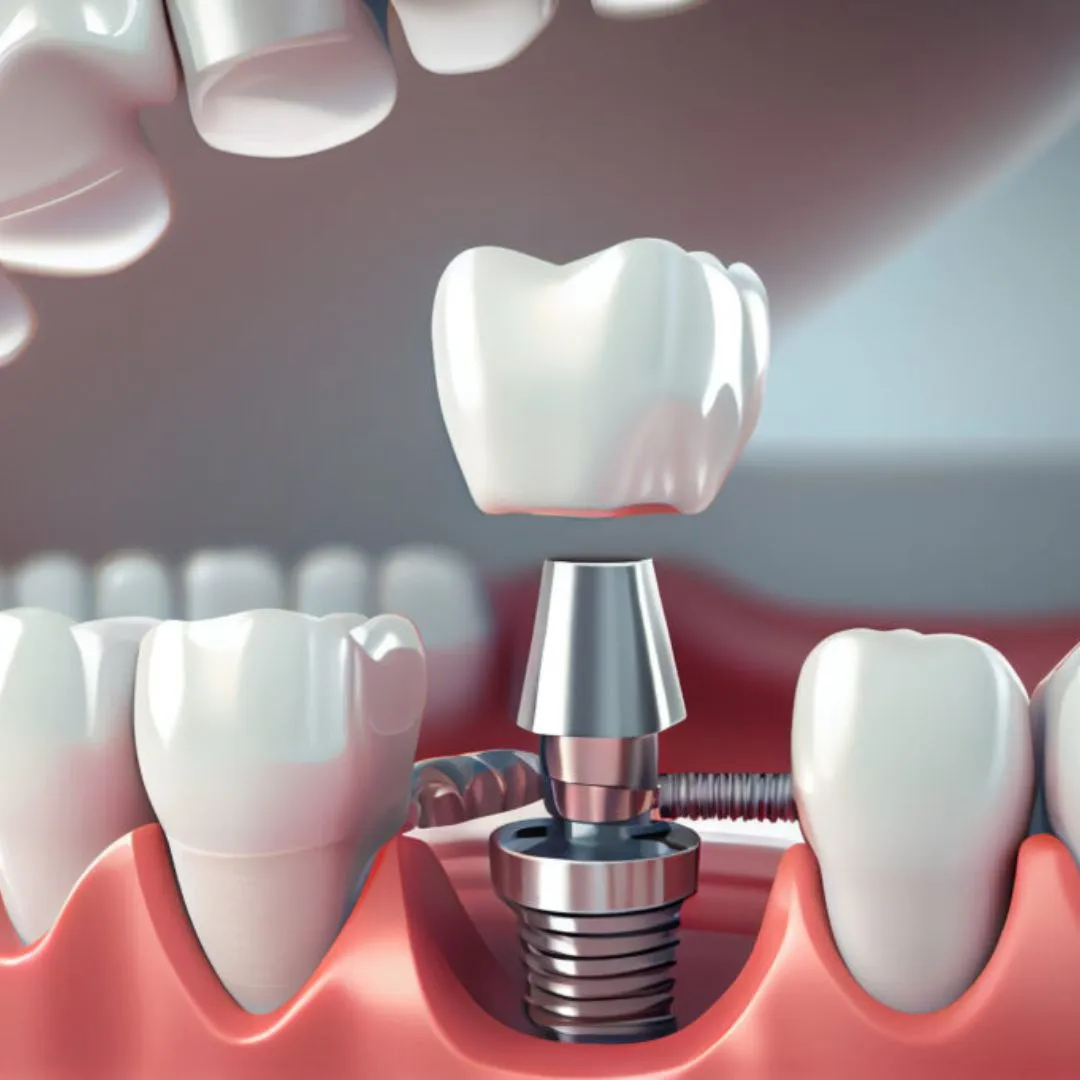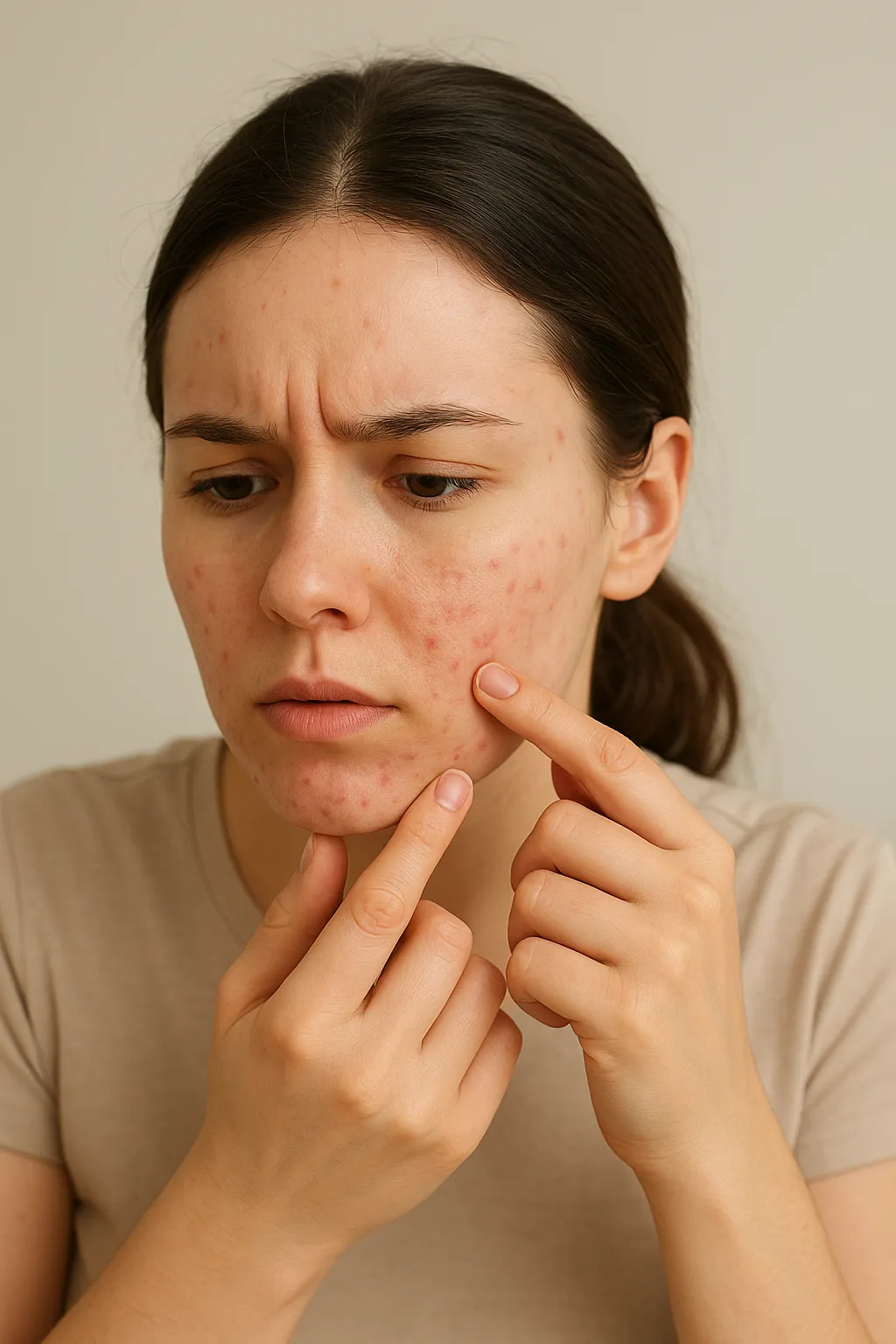Acne Treatment: Complete Guide to Clear Skin Solutions
Acne represents one of the most common skin conditions affecting millions of people worldwide. This inflammatory disorder occurs when hair follicles become clogged with oil and dead skin cells, creating an environment where bacteria can thrive. Understanding the underlying mechanisms of acne formation is crucial for selecting appropriate treatment strategies.
The skin produces sebum, a natural oil that helps protect and moisturize the surface. When sebum production increases, particularly during hormonal fluctuations, it can combine with dead skin cells to block pores. The bacterium Propionibacterium acnes, which naturally lives on the skin, multiplies rapidly in these blocked pores, leading to inflammation and the characteristic lesions associated with acne.
Acne manifests in various forms, from mild comedones (blackheads and whiteheads) to severe cystic lesions. The severity and type of acne determine the most appropriate treatment approach. Factors such as genetics, hormones, diet, stress, and skincare habits all play roles in acne development and persistence.
Topical Treatments: First-Line Defense Against Acne
Topical treatments form the cornerstone of acne management for most individuals. These medications work directly on the skin to address multiple factors contributing to acne formation. The most effective topical treatments include retinoids, benzoyl peroxide, salicylic acid, and topical antibiotics.
Retinoids, derivatives of vitamin A, represent the gold standard in topical acne treatment. These medications work by normalizing skin cell turnover, preventing the formation of comedones, and reducing inflammation. Tretinoin, adapalene, and tazarotene are commonly prescribed retinoids that have demonstrated significant efficacy in clinical studies. Initially, retinoids may cause skin irritation, dryness, and increased sensitivity to sunlight, but these effects typically diminish with continued use.
Benzoyl peroxide serves as both an antimicrobial and comedolytic agent. It releases oxygen into the pores, creating an environment hostile to anaerobic bacteria while helping to unclog blocked follicles. Available in concentrations ranging from 2.5% to 10%, benzoyl peroxide can be used alone or in combination with other treatments. Higher concentrations are not necessarily more effective and may increase the risk of irritation.
Salicylic acid, a beta-hydroxy acid, penetrates oil-filled pores to dissolve the keratin plugs that contribute to comedone formation. This ingredient also has anti-inflammatory properties and helps normalize skin cell shedding. Salicylic acid is particularly effective for treating blackheads and whiteheads and is often well-tolerated by individuals with sensitive skin.
Oral Medications: Systemic Approaches to Acne Control
When topical treatments prove insufficient, oral medications may be necessary to achieve optimal acne control. These systemic treatments address acne from within, targeting hormonal factors, bacterial overgrowth, and inflammation throughout the body.
Oral antibiotics, particularly tetracyclines like doxycycline and minocycline, are frequently prescribed for moderate to severe inflammatory acne. These medications reduce bacterial populations and have anti-inflammatory effects beyond their antimicrobial action. However, long-term antibiotic use raises concerns about bacterial resistance and potential side effects, making it important to use them judiciously and in combination with other treatments.
Hormonal therapies play a crucial role in treating acne, especially in women whose breakouts are linked to hormonal fluctuations. Oral contraceptives containing both estrogen and progestin can help regulate hormone levels and reduce sebum production. Spironolactone, an androgen receptor blocker, is another effective option for hormonal acne, particularly in adult women experiencing persistent breakouts.
Isotretinoin, a powerful oral retinoid, is reserved for severe, treatment-resistant acne or cases that cause significant scarring. This medication dramatically reduces sebum production, normalizes skin cell turnover, and has anti-inflammatory effects. While highly effective, isotretinoin requires careful monitoring due to potential side effects, including birth defects, depression, and liver function changes.
Professional Procedures: Advanced Treatment Options
Professional dermatological procedures can enhance the effectiveness of medical treatments and address specific aspects of acne that topical and oral medications may not fully resolve. These procedures are typically performed in clinical settings by trained professionals.
Chemical peels use controlled application of acids to remove damaged skin layers and promote cell turnover. Superficial peels using glycolic acid, salicylic acid, or lactic acid can help unclog pores, reduce inflammation, and improve skin texture. Medium-depth peels may be appropriate for individuals with more severe acne or those seeking to address post-inflammatory hyperpigmentation.
Light and laser therapies target acne through various mechanisms. Blue light therapy specifically targets P. acnes bacteria, while photodynamic therapy combines light activation with topical photosensitizing agents to destroy sebaceous glands and bacteria. Laser treatments can also help reduce inflammation and promote healing of existing lesions.
Extraction procedures, when performed by trained professionals, can safely remove comedones and reduce the risk of scarring. However, attempting extractions at home can worsen inflammation and increase the likelihood of permanent scarring. Professional extractions are often combined with other treatments for optimal results.
Skincare Routines: Building a Foundation for Clear Skin
An appropriate skincare routine forms the foundation of any successful acne treatment plan. The key is to maintain skin health while supporting the effectiveness of active treatments without causing additional irritation or clogging pores.
Gentle cleansing removes excess oil, dead skin cells, and environmental pollutants without stripping the skin's natural protective barrier. Non-comedogenic cleansers containing ingredients like salicylic acid or benzoyl peroxide can provide additional therapeutic benefits. Over-cleansing or using harsh scrubs can actually worsen acne by triggering increased oil production and inflammation.
Moisturizing is essential, even for oily, acne-prone skin. Many acne treatments can cause dryness and irritation, making it crucial to maintain proper hydration. Non-comedogenic moisturizers containing ingredients like hyaluronic acid, ceramides, or niacinamide can help maintain skin barrier function while providing therapeutic benefits.
Sun protection is particularly important for individuals using acne treatments, as many medications increase photosensitivity. Broad-spectrum sunscreens with SPF 30 or higher should be used daily. Mineral sunscreens containing zinc oxide or titanium dioxide are often better tolerated by acne-prone skin than chemical sunscreens.
Lifestyle Factors: Supporting Treatment Success
While topical and oral treatments form the primary approach to acne management, lifestyle factors can significantly impact treatment success and overall skin health. Understanding and addressing these factors can enhance the effectiveness of medical treatments.
Diet has been increasingly recognized as a potential factor in acne development. Research suggests that high-glycemic foods and dairy products may worsen acne in some individuals. While the evidence is not conclusive for all people, maintaining a balanced diet rich in antioxidants, omega-3 fatty acids, and low-glycemic foods may support overall skin health.
Stress management plays an important role in acne control, as psychological stress can trigger hormonal changes that worsen breakouts. Regular exercise, adequate sleep, and stress-reduction techniques like meditation or yoga may help improve both overall well-being and skin health.
Proper sleep hygiene supports skin repair and regeneration processes. During sleep, the body produces growth hormone and increases blood flow to the skin, promoting healing and cell turnover. Maintaining consistent sleep schedules and creating a conducive sleep environment can support treatment outcomes.
Managing Side Effects and Treatment Expectations
Successful acne treatment requires understanding potential side effects and maintaining realistic expectations about treatment timelines and outcomes. Many effective acne treatments can initially cause skin irritation, dryness, or temporary worsening of symptoms.
The "purging" phase is common when starting treatments that increase cell turnover, such as retinoids or chemical exfoliants. During this period, existing comedones may surface more quickly, creating the appearance of worsened acne. This phase typically lasts 6-8 weeks and is actually a sign that the treatment is working.
Gradual introduction of new treatments can help minimize side effects and improve tolerance. Starting with lower concentrations or less frequent application allows the skin to adapt while still providing therapeutic benefits. Professional guidance is essential for adjusting treatment regimens based on individual responses.
Patience is crucial in acne treatment, as most medications require 8-12 weeks to show significant improvement. Premature discontinuation of effective treatments is a common reason for treatment failure. Consistent use and proper application of treatments are essential for achieving optimal results.
Preventing Acne Scarring and Hyperpigmentation
Preventing long-term skin damage is as important as treating active acne lesions. Scarring and post-inflammatory hyperpigmentation can have lasting effects on skin appearance and self-confidence, making prevention strategies crucial.
Early and appropriate treatment of acne lesions reduces the risk of scarring. Inflammatory lesions are more likely to cause permanent damage than non-inflammatory comedones. Seeking professional treatment for persistent or severe acne can prevent progression to scarring forms.
Avoiding manipulation of acne lesions is critical for preventing scarring. Picking, squeezing, or attempting to extract lesions at home can drive bacteria deeper into the skin, increase inflammation, and damage surrounding tissue. Professional extraction techniques minimize these risks while effectively addressing comedones.
Sun protection is essential for preventing and minimizing post-inflammatory hyperpigmentation. UV exposure can darken existing dark spots and prolong the healing process. Consistent use of broad-spectrum sunscreen and protective clothing helps maintain treatment progress and prevent new pigmentation issues.
Special Considerations for Different Demographics
Acne treatment approaches may need modification based on age, gender, skin type, and other individual factors. Understanding these variations helps ensure optimal treatment selection and outcomes.
Adult acne, particularly in women, often has different characteristics than teenage acne. Adult acne tends to be more inflammatory, concentrated around the jawline and chin, and closely linked to hormonal fluctuations. Treatment approaches may emphasize hormonal therapies and gentle, anti-inflammatory treatments rather than aggressive drying agents.
Sensitive skin requires careful treatment selection and gradual introduction of active ingredients. Lower concentrations, less frequent application, and emphasis on barrier repair can help achieve acne control without excessive irritation. Fragrance-free, hypoallergenic products are often better tolerated.
Darker skin types are more prone to post-inflammatory hyperpigmentation and may require specific considerations in treatment selection. Certain treatments that cause irritation may be more likely to trigger pigmentation issues in individuals with darker skin tones. Gentle, consistent treatment approaches often yield better results than aggressive regimens.
Emerging Treatments and Future Directions
The field of acne treatment continues to evolve with new research and therapeutic approaches. Understanding emerging treatments and future directions can help individuals make informed decisions about their acne management strategies.
Microbiome research is revealing the complex relationship between skin bacteria and acne development. Future treatments may focus on promoting beneficial bacteria while targeting harmful species, moving beyond broad-spectrum antimicrobial approaches to more targeted interventions.
Novel drug delivery systems are being developed to improve the effectiveness and tolerability of existing treatments. Encapsulation technologies, sustained-release formulations, and targeted delivery systems may enhance therapeutic outcomes while reducing side effects.
Personalized medicine approaches are being explored to tailor treatments based on individual genetic profiles, hormone levels, and microbiome composition. This precision approach may lead to more effective and efficient treatment strategies with fewer side effects.
Building a Comprehensive Treatment Plan
Successful acne treatment typically requires a comprehensive approach that combines multiple strategies tailored to individual needs. Working with healthcare professionals to develop and maintain an effective treatment plan is essential for optimal outcomes.
Regular follow-up appointments allow for treatment adjustments based on progress and tolerability. Acne treatment is often a dynamic process that requires modifications as the skin responds and adapts to different interventions. Professional monitoring ensures that treatments remain effective and appropriate.
Combination therapy, using multiple treatments that target different aspects of acne pathogenesis, is often more effective than single-agent approaches. Combining topical retinoids with antimicrobial agents, for example, can address both comedone formation and bacterial overgrowth simultaneously.
Long-term maintenance strategies are important for preventing acne recurrence after initial treatment success. Many individuals require ongoing treatment to maintain clear skin, and understanding maintenance approaches helps ensure sustained results and prevents relapse.











